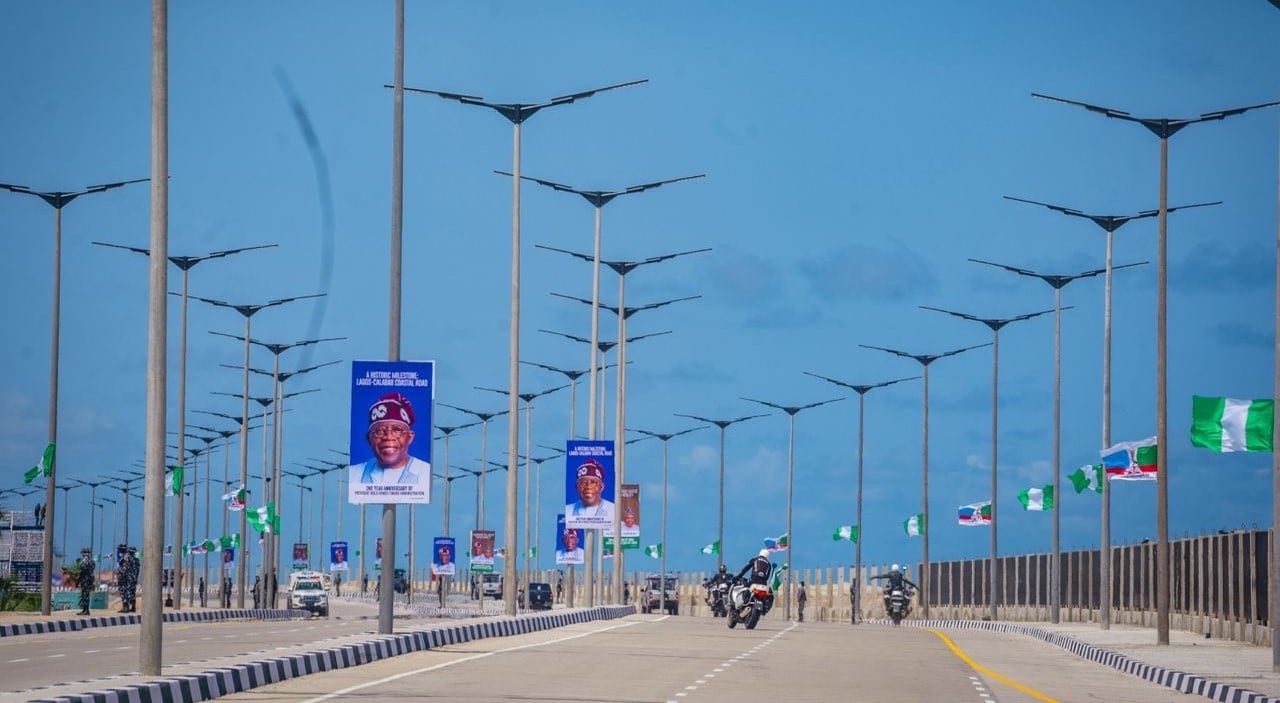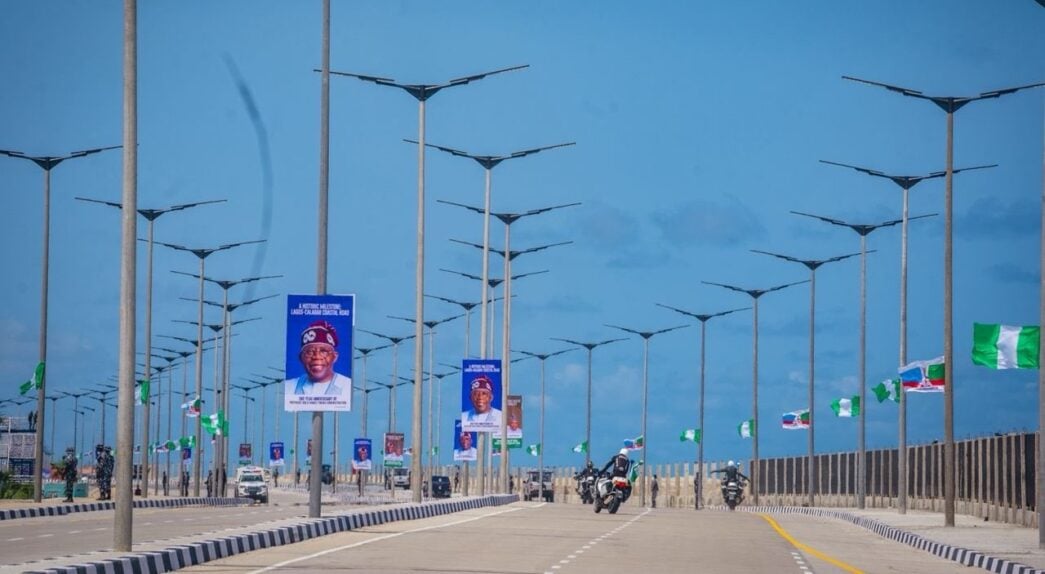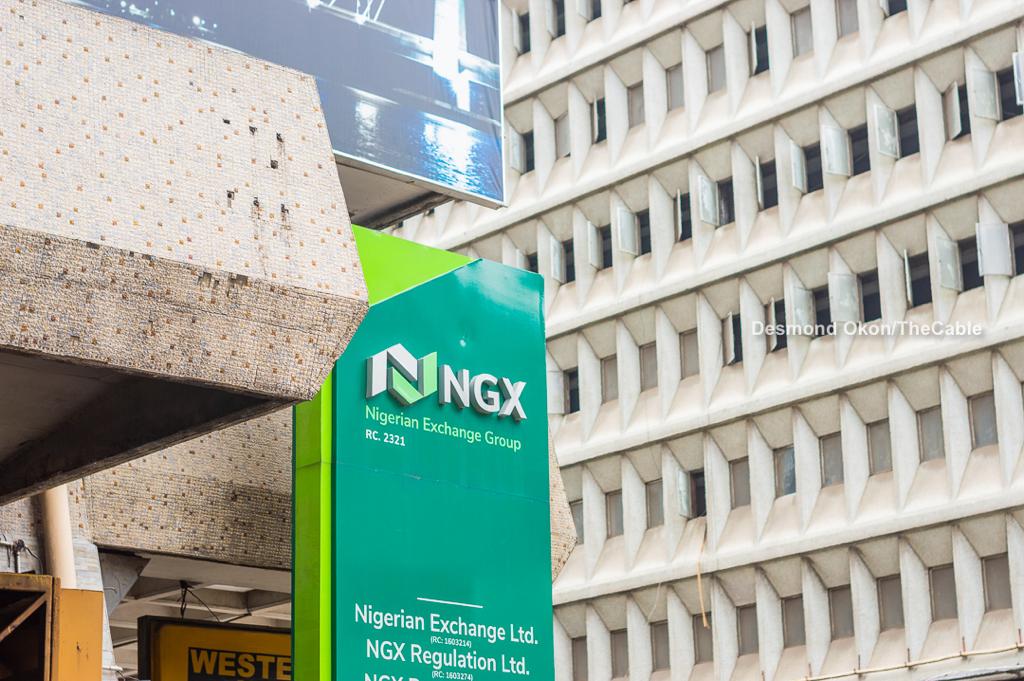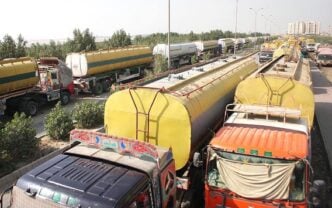The National Orientation Agency (NOA) says the ongoing construction of the Lagos-Calabar coastal highway will serve as a transformative infrastructure project, driving economic growth and national integration.
In its weekly publication, The Explainer, the NOA quoted David Umahi, minister of works, as describing the 700-kilometre 10-lane superhighway as a “blueprint for national transformation.”
According to the agency, the minister said the project will reduce travel time between Lagos and Calabar from 12 hours to just 4.5 hours, reduce logistics costs by 15-20 percent, and empower over 500,000 small businesses.
“This is not just road construction—it’s an investment in Nigeria’s future,” Umahi was quoted as saying.
Advertisement
“It is a visionary undertaking that will drive inclusive development, improve access to markets, and empower over 500,000 small businesses along the corridor.
“The project links the industrial strength of Lagos with the agricultural potential of the Niger Delta and Southeast, while addressing key infrastructure, economic and security challenges.”
In the report, the minister also highlighted the project’s potential to increase Nigeria’s gross domestic product (GDP) by 2 percent by creating new industrial corridors, expanded trade, and enhanced tourism access along the coastal route.
Advertisement
10,000 JOBS, TOURISM REVENUE, SECURITY TECHNOLOGY
The NOA said the Lagos-Calabar highway is expected to generate 10,000 direct jobs in construction and engineering, and over 15,000 indirect jobs in logistics, materials supply, and support services.
“The highway is expected to boost tourism revenue by 25 per cent by providing access to underutilised beaches such as Ilashe Island in Lagos and Ibeno Beach in Akwa Ibom State,” the agency said.
“Its eco-friendly elements, such as reforestation initiatives and a rail system to reduce emissions, align with sustainable development goals.
Advertisement
“The road’s design features solar-powered CCTV surveillance systems for safety, a central rail line for integrated transport, and a tolling system to ensure sustainability. It is financed through a 30 percent public and 70 percent private investment model, with full cost recovery targeted over 15 years.
“The project is comparable to Ireland’s Wild Atlantic Way, which generates €3 billion annually,” the agency stated, adding that its environmental components—such as mangrove restoration and wildlife corridor designs—are aligned with international standards.”
The NOA also said the highway is a strategic step toward closing Nigeria’s infrastructure deficit, which it noted stands at 30 percent of GDP — well below the World Bank’s 70 percent benchmark.
Citing the 2025 Appropriation Act, the agency applauded the Tinubu administration for allocating N23.96 trillion to capital expenditures, which, for the first time in decades, surpasses recurrent spending, which is pegged at N13.64 trillion.
Advertisement
“This shift reflects a clear commitment to reversing decades of underinvestment in public infrastructure,” the NOA said.
The agency noted that the highway is one of several signature projects, alongside the Sokoto-Badagry superhighway and Eastern railway, geared toward unlocking regional development and national productivity.
Advertisement
President Bola Tinubu had said the road is a “pathway to prosperity” and a symbol of national unity while commissioning the projects to mark his two years in office.
Advertisement







